
Speed and field of view benefits make red dot sights a great option for handguns or rifles.
Red dot sights are like Coke. Where I live, any non-alcoholic beverage that fizzes is called “a Coke.” That’s kind of like how people refer to reflex and holographic sights. Most of us call them “red dots” no matter what the underlying technical differences are. In this episode of the optics buying guide, we’re going to get a little bit geeky, but still practical, about the different types of “red dots” and how one might use them.
What are red dot and holographic sights?
We tend to lump all sights like this into one general category and call them something like “red dots” but we’re really talking about two different technologies here. The first is a reflex, which is short for non-magnifying reflector and the second is a holographic sight. Let’s take a quick look at how they’re different.
A reflex sight uses a simple LED (light emitting diode) to create a red dot. This dot is beamed onto the lens of the optic. Under normal conditions with a pure piece of glass, you wouldn’t be able to see the dot. The reason you do is that the glass lens of a reflex red dot sight is coated with a nifty magical material that reflects the red light back to you rather than letting it pass through. Other colors pass right through the lens, so you see the environment in front of you with a red dot superimposed on your view. It’s a nifty trick that takes advantage of the high-tech coating being able to bounce some wavelengths back while allowing others to pass through.
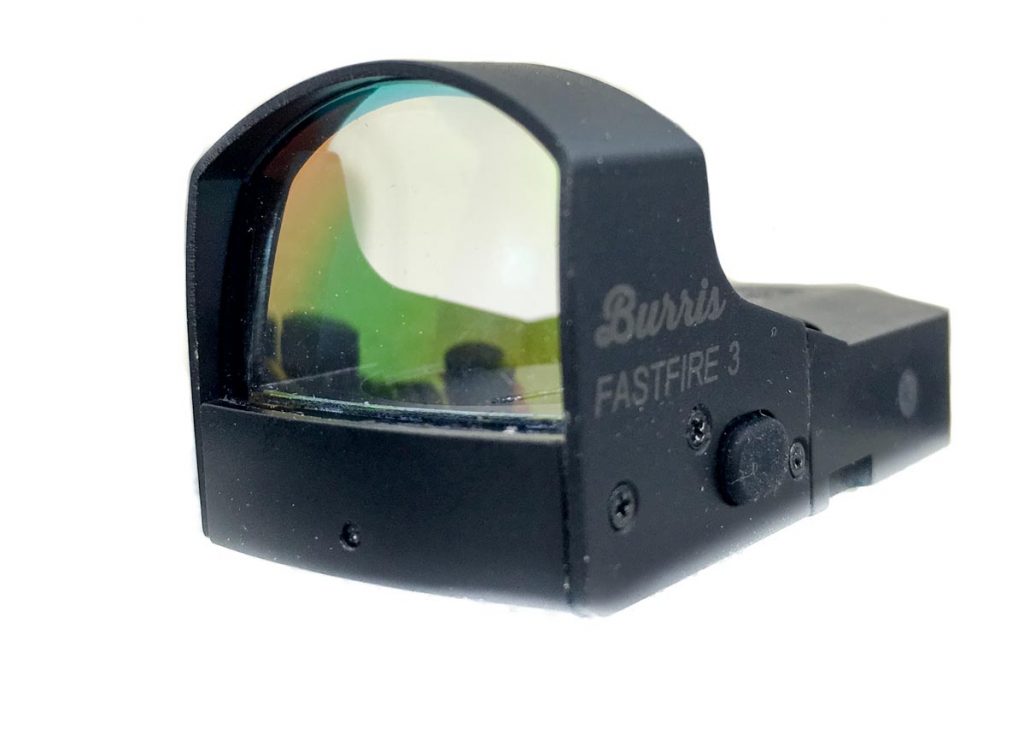
With a reflex sight like this Burris FastFire 3
, an LED lamp is reflected onto the lens.
A holographic sight uses no such coating on the lens. Instead of a LED light source, a holographic site like an Eotech uses a laser to provide the illuminated reticle. The laser is reflected off a holographic grid that’s out of the direct field of view. That grid contains the reticle pattern and laser light bounces off that and onto the lens that you see. The result is an illuminated image of the reticle pattern that appears to hover on the optic lens.
I point out the differences between the two styles for a couple of reasons. First, the reflex sight allows for a simple dot since the reflective technology just bounces the light from a simple LED onto the lens. A holographic sight allows manufacturers to design a complete reticle pattern, like the classic Eotech circle and dot. Since holographic sights use a laser, which draws much more power, battery life is a fraction of that of reflex type sights. That’s why reflex sights like the Burris Fastfire series have batteries that seem to last 75% of forever.
What are the benefits of reflex and holographic sights?
One of the big reasons people like holographs and red dot sights is that they are so forgiving compared to a magnified scope. When I say “forgiving” I’m referring to a couple of different things.
Eye relief is a big one. With most red dot sights, whether reflector or holographic, it doesn’t make a whole lot of difference whether your eye is one inch or ten from the lens. You can generally see the sight picture clearly.


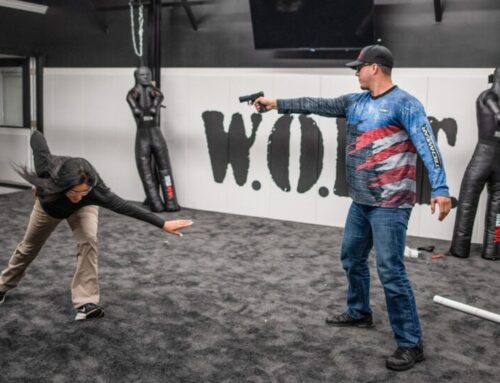
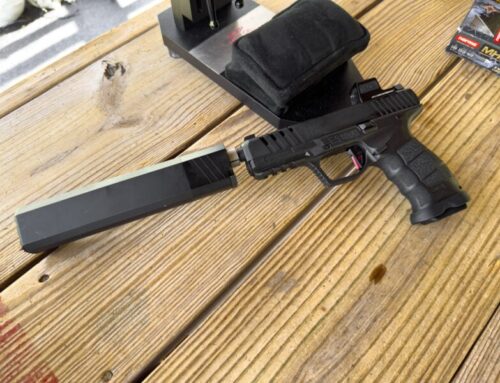
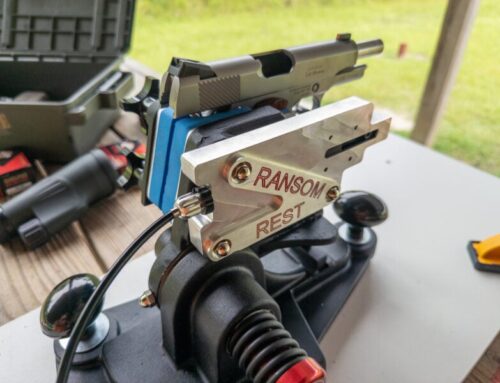
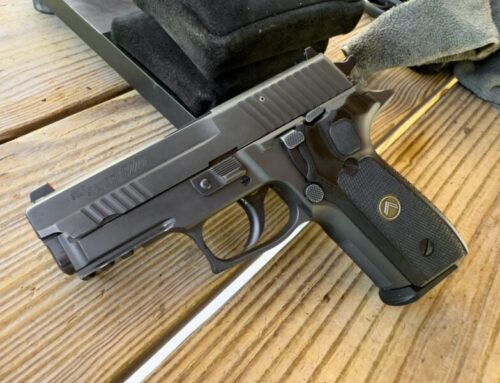
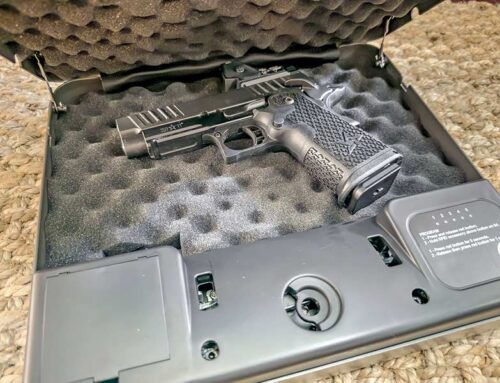

Leave A Comment